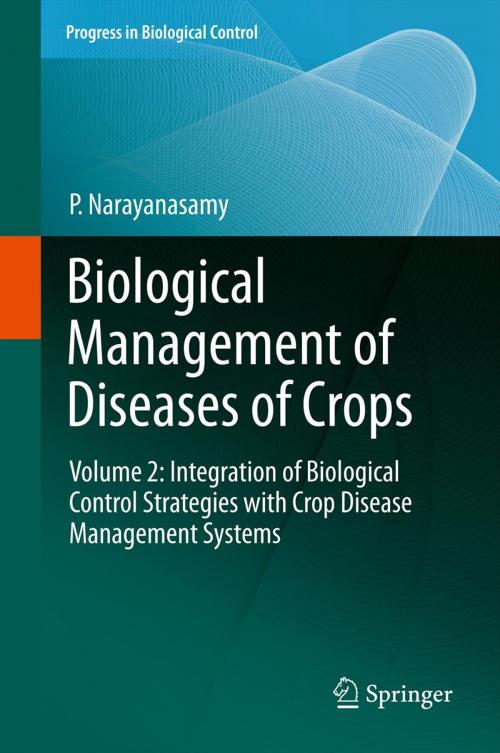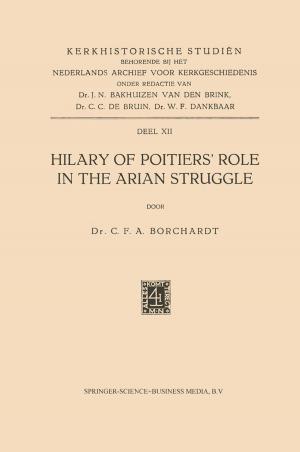Biological Management of Diseases of Crops
Volume 2: Integration of Biological Control Strategies with Crop Disease Management Systems
Nonfiction, Science & Nature, Science, Biological Sciences, Microbiology, Botany| Author: | P. Narayanasamy | ISBN: | 9789400763777 |
| Publisher: | Springer Netherlands | Publication: | June 5, 2013 |
| Imprint: | Springer | Language: | English |
| Author: | P. Narayanasamy |
| ISBN: | 9789400763777 |
| Publisher: | Springer Netherlands |
| Publication: | June 5, 2013 |
| Imprint: | Springer |
| Language: | English |
Biological management of diseases of crops is influenced by the nature of interactions between the pathogens and other organisms and the plants. Due to development of resistance in pathogens to fungicides and bactericides, determination of compatibility of biotic biocontrol agents with chemicals is essential for selecting strains of biocontrol agents (BCAs) showing resistance to chemicals to effectively restrict use of the chemicals. Microbial plant pathogens and the antagonists present in the soil and on the plant surfaces are influenced by various cultural practices. It is possible to reduce disease incidence and intensity by crop sanitation and using appropriate rotational crops. Application of physical techniques involving the use of heat, solarization and irradiation has potential to reduce the pathogen population or weaken the potential of pathogens present in the seed, planting materials and soil.
Biological management of diseases of crops is influenced by the nature of interactions between the pathogens and other organisms and the plants. Due to development of resistance in pathogens to fungicides and bactericides, determination of compatibility of biotic biocontrol agents with chemicals is essential for selecting strains of biocontrol agents (BCAs) showing resistance to chemicals to effectively restrict use of the chemicals. Microbial plant pathogens and the antagonists present in the soil and on the plant surfaces are influenced by various cultural practices. It is possible to reduce disease incidence and intensity by crop sanitation and using appropriate rotational crops. Application of physical techniques involving the use of heat, solarization and irradiation has potential to reduce the pathogen population or weaken the potential of pathogens present in the seed, planting materials and soil.















